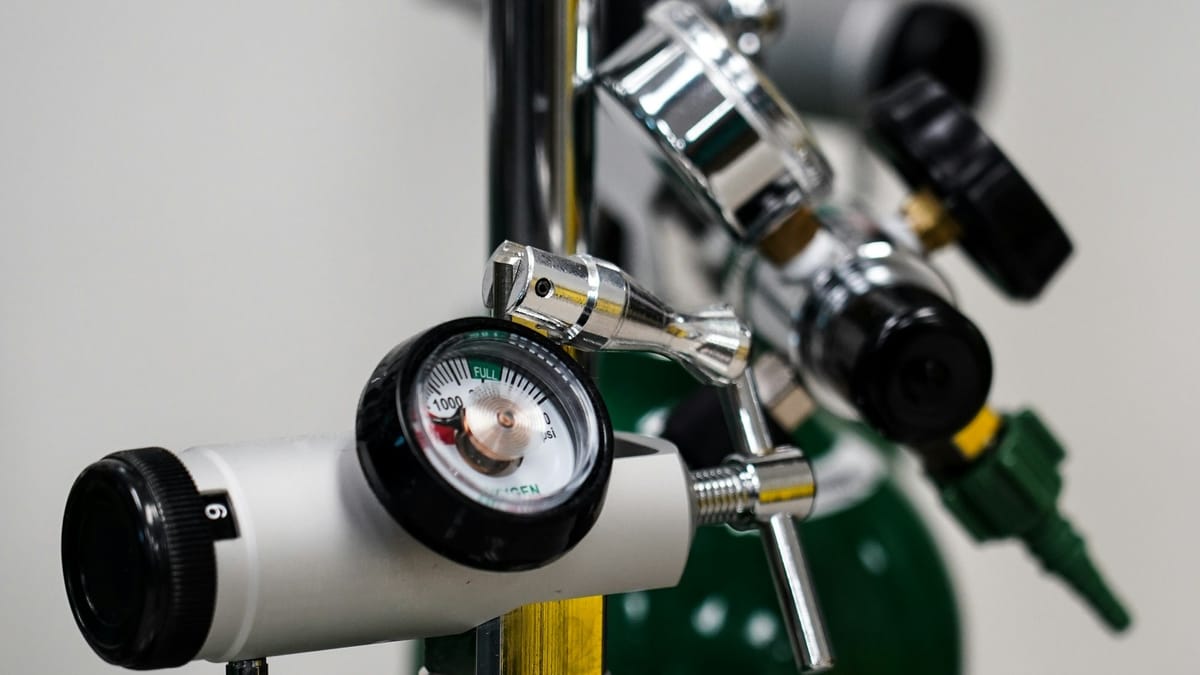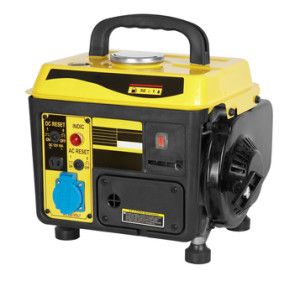Home Safety Tips for Seniors Using Oxygen
Taking care of elderly oxygen patients requires following important safety guidelines. Be prepared for power outages with a back-up supply of oxygen or generator. Follow these tips for properly storing and using oxygen, and keeping the home safe.


When caring for the elderly, it's vital to prioritize home safety, particularly for seniors who rely on oxygen therapy. Here are important tips to ensure their safety:
1. Emergency Contacts: Keep a list of essential emergency numbers, including the oxygen supplier, doctor, and hospital, in large print near the phones in the house.
2. Backup Oxygen: Ensure you have a backup oxygen cylinder or a generator in case of electrical power loss or oxygen concentrator failure.
3. Proper Oxygen Usage: Follow the prescribed instructions for using oxygen and only use it as directed by the healthcare provider.
4. No Smoking: Prohibit smoking around oxygen and post "No Smoking" signs prominently in the home.
5. Oxygen Storage: Store extra oxygen cylinders away from heat and direct sunlight. Prevent oxygen from freezing or overheating.
6. Empty Cylinder Safety: Do not place empty oxygen cylinders near any heat sources.

7. Flammable Materials: Keep oil and petroleum products, such as Vaseline, oily lotions, face creams, or hair products, away from oxygen. Wash hands thoroughly after handling these products to prevent contact with fittings or hoses.
8. Avoid Aerosols: Do not use aerosols like room deodorizers near oxygen sources.
9. Cylinder Maintenance: Dust the oxygen cylinder with a cotton cloth and avoid covering the system with any materials.
10. Open Flames: Maintain a minimum 10-foot distance between open flames (e.g., gas stoves and lit candles) and the oxygen source.
11. Electrical Safety: Ensure that electrical equipment is properly grounded and refrain from operating appliances like razors and hairdryers when using oxygen. Keep sparking electrical equipment at least 10 feet away from the oxygen system.
12. Anti-Static Materials: Use 100% cotton bed linens and clothing to reduce the risk of sparks and static electricity.
13. Cylinder Placement: Safely position oxygen cylinders in appropriate stands to prevent tipping, secure them to the wall, or place them on their side on the floor. Store them in well-ventilated areas and avoid keeping them under outside porches, decks, or in the trunk of a car.
14. Smoke Detection: Install a smoke detector in the room where oxygen is being used and another outside that room.
15. Educate Caregivers: Ensure that all caregivers and the patient are aware of how to use the backup generator, if available.
By following these guidelines, you can significantly enhance the safety and well-being of seniors using oxygen therapy in their homes.



